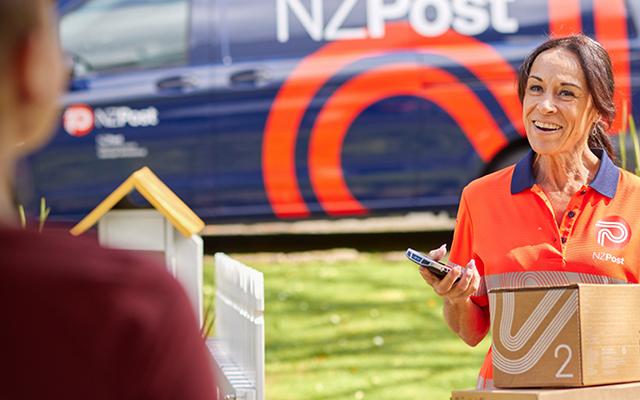Kiwis can fly and many do, taking their amazing products to shoppers right around the world. While selling internationally has some additional requirements, it’s not as hard as you think it may be. In some cases, it’s as easy as selling inter-island!
- A big decision for retailers looking overseas is determining the right business model. There are many options ranging from selling from New Zealand, to setting up a local or regional office through to getting together with a local partner. There’s no one right answer so assess all the options against your potential risks and benefits.
- Marketplaces are a great way to test a few of your key products in an international market without the big upfront investment and effort of building your website. They work in the local language and currency and let you assess demand for your product, local pricing, and the best sales approach before jumping fully into a market.
- Online shopping in Australia continues to grow including more Aussies buying from Kiwi retailers. This is a large market that allows easy access because of the common language and lifestyle. For many businesses this is a great place to start your international journey.
- New Zealand has a global reputation for clean green, safe, natural, quality, and good service. If your product is New Zealand specific, look to leverage these positive attributes to attract customers. Check out nzstory.govt.nz for lots of ideas, tools and support.

- Understand any cultural barriers to showing and promoting your products. Customers like to see themselves in your site, so ensure yours reflects an appropriate cultural diversity. Shoppers feel more comfortable working in their own language and currency so you should offer these on your website if possible. Integrate with SSL website security measures to help further build trust in buying from your website.
- Local promotions are important for building a customer base in a cost-effective way. Use local partners and localised social media and Search Engine Marketing techniques that are highly targeted to specific groups within the markets you want to attract.
- Word of mouth is still one of the best forms of advertising. Encourage (and reward) your international customers for sharing your site and social pages and for introducing new customers.
- Local buyer behaviours and expectations may be different from home and from market-to-market. For example, buying direct from social media, blogs, and QR codes is common place in many markets. Start by looking at how competitors sell to their customers in that market. Apply the same thinking to payment methods. Consider the popular offshore payment methods in the countries you want to expand into – applying these will reduce cart abandonment.
- Allow for potential tariffs and duties and build these into your pricing strategy. Be aware of major international regulations like General Data Protection Regulation (GDPR) and incorporate these into your processes.

- Given your location, delivery time and costs will be a big part of a shopper’s decision making and experience so be upfront about where you are sending from, the costs and timeframes. Ensure you offer a range of shipping options, a good tracking service and make it as easy to return a product as it would be in the local market.
- In recent years we’ve seen significant disruption to supply and delivery chains. Ensure you have contingency plans in place to mitigate the impact and clear communication plans to manage customer expectations.
- Partner with reputable delivery companies who have access to a global network of specialists and can advise you on the best options for tracking, transparency, streamlining operations, and creating the best customer experience. The right partner can even help you compete with local retailers on delivery speeds.
- NZTE provides numerous services and insights to help retailers find suitable global markets to expand into and support you to tailor their offer to consumers in that market.
Talk to us about how we can support your plans to conquer the world.






